Our Edge The Boundless Difference
When a trusted client asked us to create an unforgettable family journey in Papua New Guinea, we jumped at the opportunity. Nearly every tour operator we observed offered had almost identical itineraries— most tracing back to a single company.
We quickly saw why: Papua New Guinea’s rugged terrain makes true customization hard.
Where others saw obstacles, we saw possibility — and built PNG Boundless.
We work with anthropologists to build trust before arrival — not just to inform, but to connect.
We don’t just lead expeditions — we create memories that live on in your family’s story.
Port Moresby is our staging hub - where plans come together, aircraft get loaded, and your expedition quietly lifts off.
Port Morsby
Port Moresby is an overnight — not a destination. With a gang presence, there’s no reason to leave the hotel. We stay at a very secure property just steps from the airport.
After a refreshing shower, guests begin with an in-room Arrival Recovery IV — a post-flight, vitamin-infused hydration therapy administered by our medical team to restore energy, immunity, and balance after the flight.
Over tea, a respected local figure joins you offering personal insights into Papua New Guinea’s transition from colonial rule to independence.
Dinner follows, then much-needed rest, while our team prepares the aircraft for an early departure.
“It's where we store dry goods, stage equipment, and operate aircraft—not host guests. It’s a backbone, not a basecamp.”
Goroka
The annual show here draws over 100 tribes in a sensory explosion of color, sound, and movement – something the kids might truly enjoy.
But despite the cultural energy, the town itself isn’t built for comfort, touring or safety (at night). We’re in and out in a day, keeping your experience focused on the deeper, more meaningful encounters that lie beyond.
Mount Hagen is our logistical base — a gritty but essential hub to refuel, resupply, and stage ambitious onward expeditions.
Mt Hagen
Mt. Hagen is our refueling point — where we stock up on fresh produce, handle laundry, and load heavy expedition supplies shipped in weeks ahead. If your journey calls for a helicopter drop into the Sepik — or something just as ambitious — this is where we stage it.
While less than 1% of visitors come for birdwatching, we can easily whisk you off to the Tari Basin or Gap to spot the elusive Birds of Paradise.
The city itself is gritty and functional — not a place we recommend staying. We keep your experience focused where it matters, while our team handles the groundwork here.
In the Highlands of Tari, tradition is worn with pride, and the forest still hides birds no guidebook can promise you.
Tari
Tari Basin & Gap
Tari is the homeland of the Huli people, known for their bright wigs and proud warrior traditions. From your base in the lush Tari Basin, it’s just a short drive to the Tari Gap — a misty cloud forest where rare birds-of-paradise dance through the trees. Together, they offer a rare chance to experience two of Papua New Guinea’s true treasures: living culture and wild, untouched nature.
The Sepik River is not just a waterway it's an untamed adventure through the soul of Papua New Guinea, where every bend reveals a new mystery
Sepik River
The Sepik River is the spine of a culture shaped by water, ritual, and resilience. With more than 200 distinct languages, the region is a mosaic of tribes where life still moves by canoe. Men trade, women fish and make sago, children play along the muddy banks. Every village is an expression of art, with craftsmanship woven into daily life. In the past, headhunting marked a young man’s passage to adulthood. Boys were initiated in spirit houses, their backs cut into crocodile patterns – scars of strength and reverence.
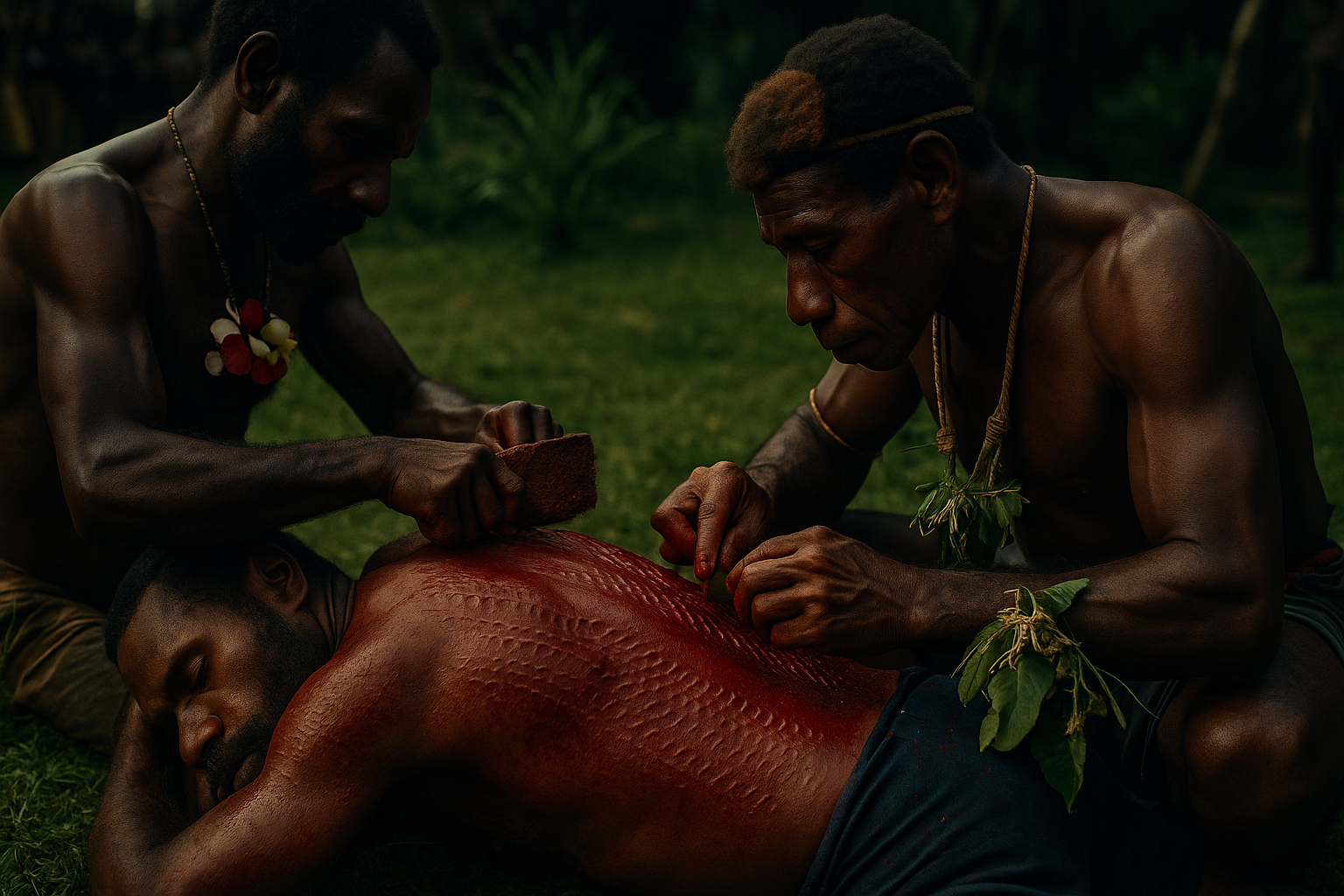
"Blades slice flesh as drums thunder - boys become men, marked by the spirit of the crocodile. "
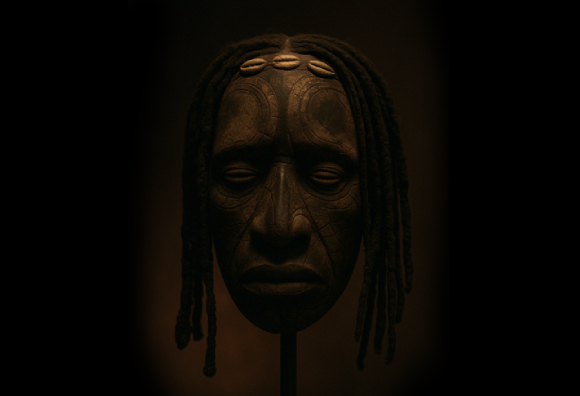
“Among the Iatmul, enemy heads were cleaned and displayed - some villages even consumed human flesh into recent times.”

“Each Yipwon spirit figure holds a warrior’s soul - carved to guard, to honor, and to remember.”
Not a destination, but a frontier — where deep anchorages and untold stories wait beyond the edge of the chart.
Sea of Bismark
The Bismarck Sea offers what few places still can — an entire region open to exploration, yet rarely crossed. For superyachts, it’s a dream: deep, sheltered anchorages, calm passages, and the sense that no one’s been here just before you. From live volcanic islands to untouched reef systems, WWII wrecks to tribal traditions unchanged by tourism, every stop in the Bismarck feels personal, unscripted, and rich with firsts. It’s not polished. It’s not predictable. Which is exactly why it matter
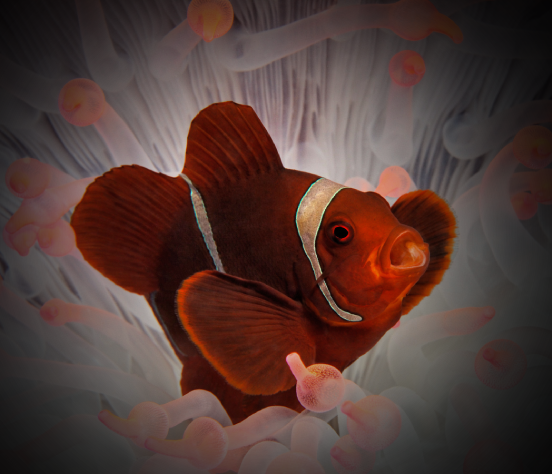
Cast into volcanic waters where giant trevally and tuna strike in seas few have ever fished.
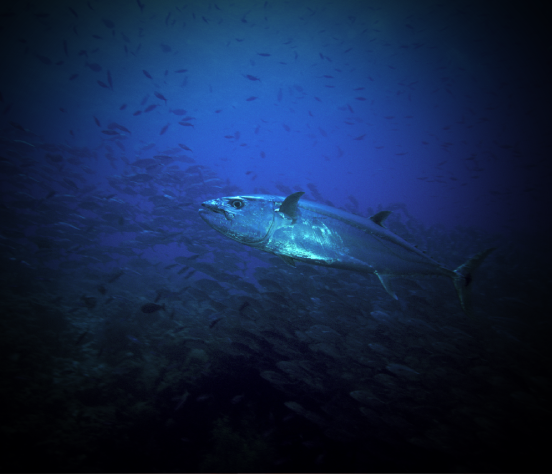
Where volcanoes meet the tides, and the fish still swim in forgotten waters.
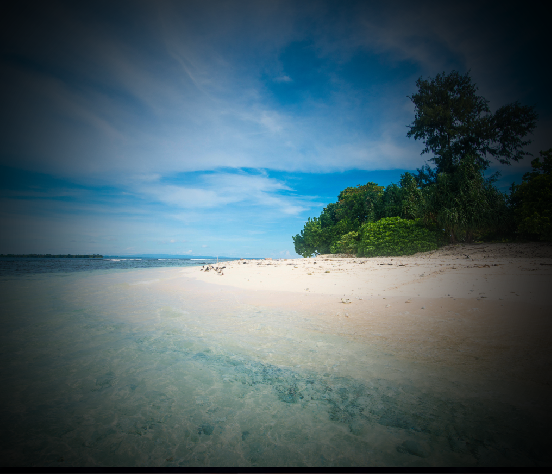
Few arrive. Fewer are invited in. In New Ireland, real culture opens only to the respectful few.
Where fire meets sea, spirits dance in smoke, and WWII ghosts rest beneath volcanic depths.
Rabaul
In Rabaul, the earth and sea hold secrets few places can match. Each year, the Mask Festival ignites the town with firelight, drumming, and ancient spirit dances. Just offshore, divers descend into haunting WWII wrecks, where sunken ships and ghostly planes rest beneath volcanic waters. Black sand beaches, steaming calderas, and hidden wartime tunnels weave a story of resilience, mystery, and beauty — making Rabaul one of Papua New Guinea’s most unforgettable corners.
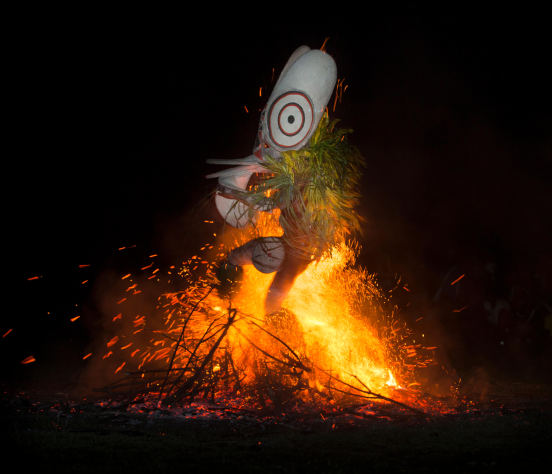
Beyond fear, beyond flesh — the Baining dance in fire to touch the spirit world
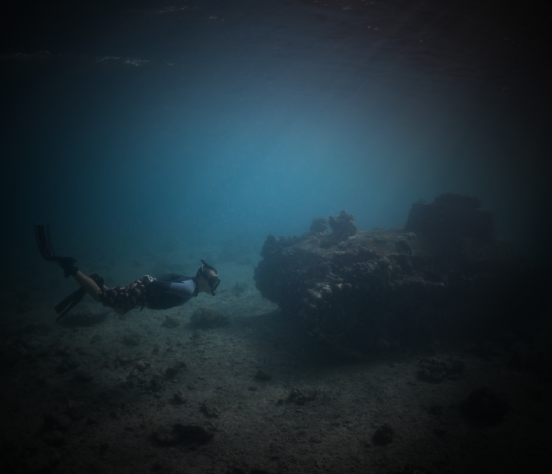
Explore sunken wrecks and hidden tunnels — where history rests quietly beneath sea and stone.

Volcanoes breathe, wrecks whisper, and caves hide secrets — Rabaul reveals itself one layer at a time.
No roads lead to Tuke — only sky, trust, and a welcome not offered to strangers.
Tuke
Tucked deep in the Nakanai Mountains, Tuke is a place few outsiders have seen — no roads, no tourism, just helicopter access if you know who to ask. Spend time with the Tuke community over a shared village lunch, then walk to a jungle waterfall for a swim. From there, fly low over rainforest gorges, hover above Lake Hargy, and land at the rim of the Minye Sinkhole — the deepest in the country. It’s a day few will ever replicate.